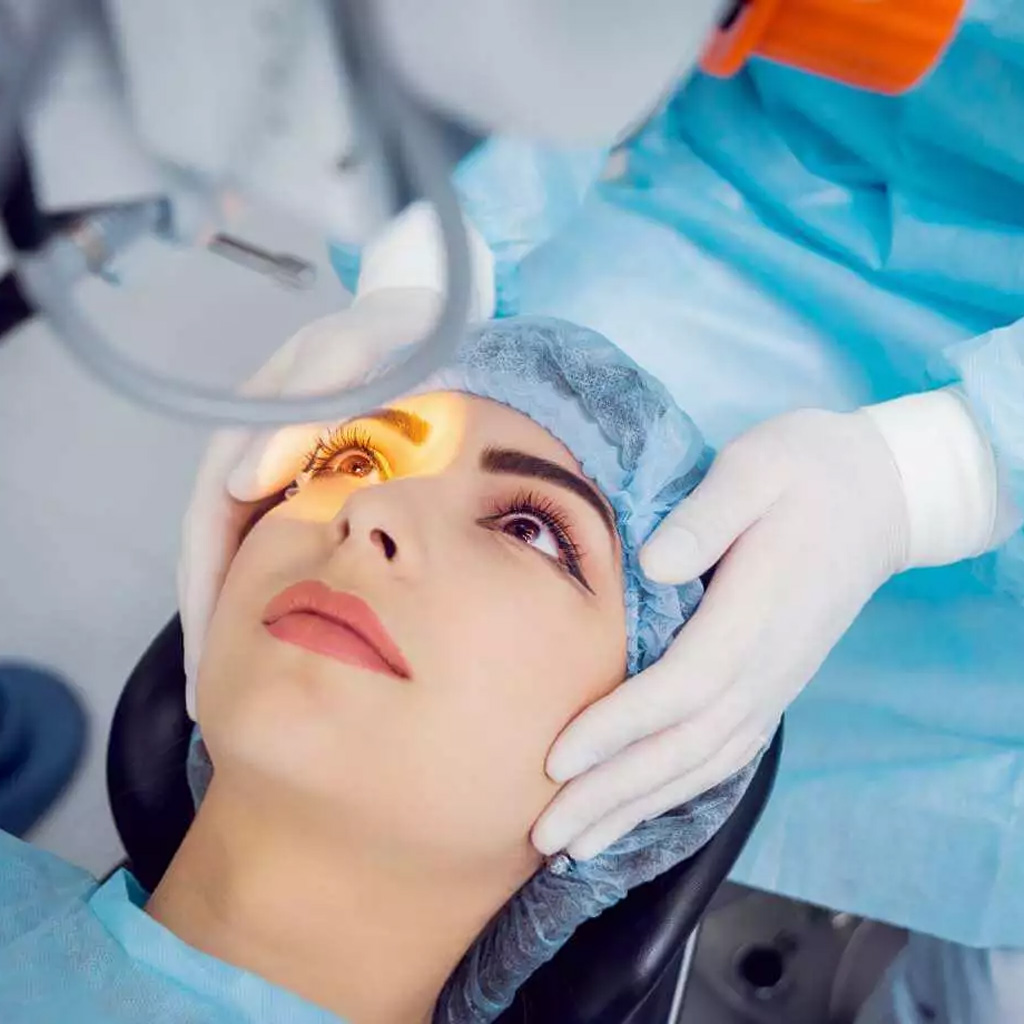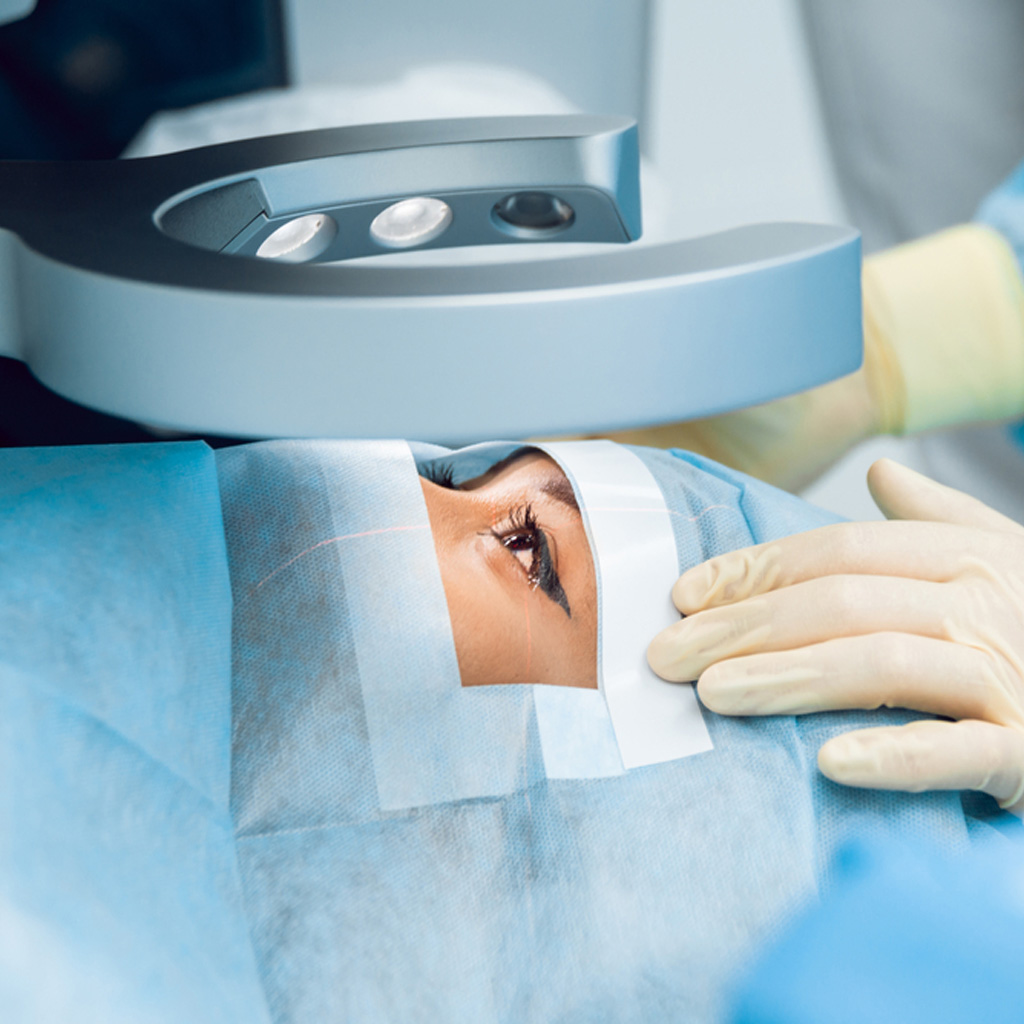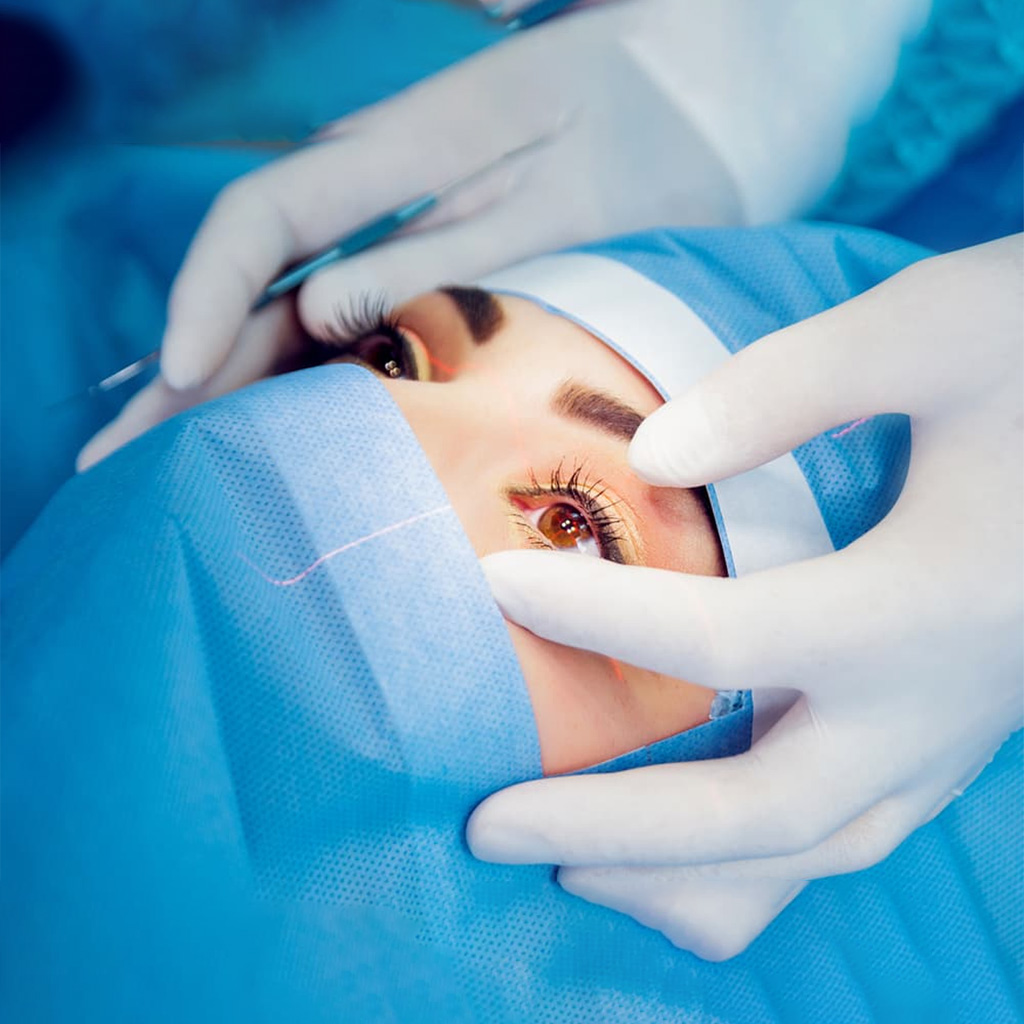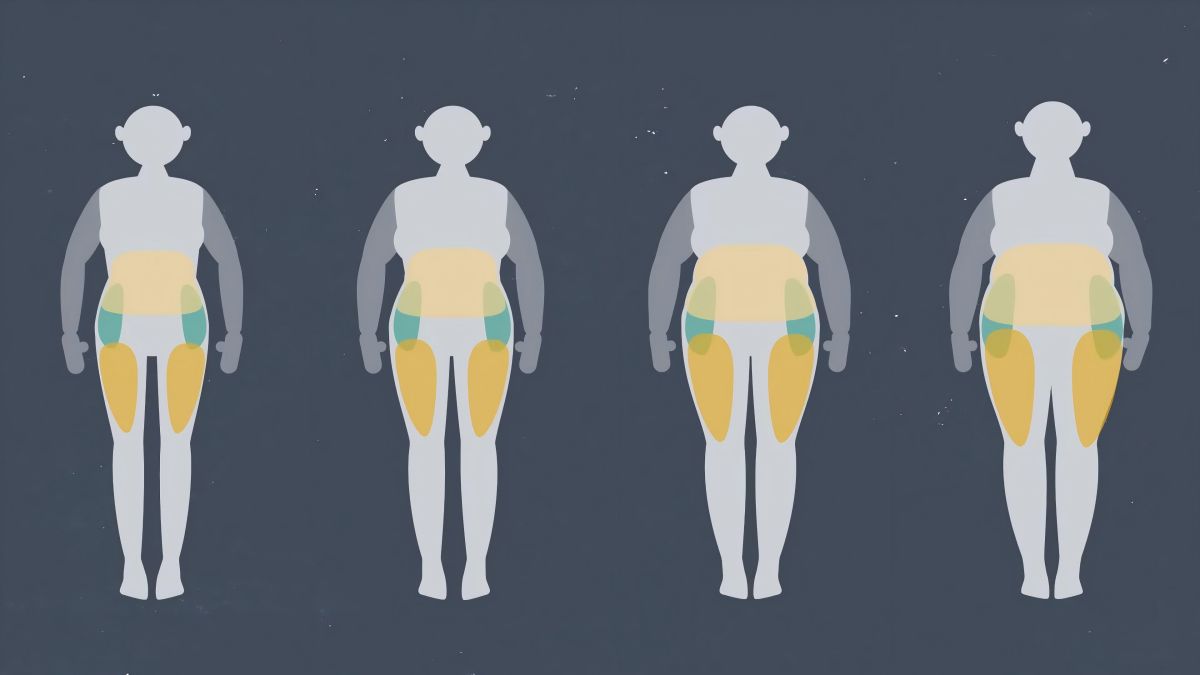Everything You Need to Know About Laser Eye Surgery
Laser eye surgery, often called LASIK, is one of the most popular methods of correcting visual impairment and reducing reliance on glasses and contact lenses.
It is a fast and mostly painless procedure that deals with problems such as nearsightedness, farsightedness, or astigmatism. But like any surgery, it has both advantages and disadvantages. Let’s learn more about what laser eye surgery is so that you can make an informed decision.
What is laser eye surgery?
The acronym LASIK stands for laser-assisted in situ keratomileusis. It is the most common kind of refractive eye surgery. LASIK was first patented in 1989 and has become a trusted treatment for vision problems. The procedure uses lasers to reshape the cornea.
The cornea acts as a protective outer layer for the eye. A misshaped cornea results in poor eyesight characterized by astigmatism or myopia. Laser eye surgery solves this problem via reshaping of the cornea.
The way the laser reshapes the cornea depends on the vision problem being treated. Laser eye surgery can correct issues like nearsightedness and farsightedness.
Who are prime candidates for laser eye surgeries?
More than 150 million Americans have vision difficulties and rely on eyeglasses or contact lenses. These eyesight issues, known as “refractive errors,” happen when the eye doesn't bend light correctly to focus on the retina. This usually occurs because of the shape of the cornea.
●Farsightedness: Farsightedness, or hyperopia, allows people to see distant objects clearly, but nearby things may look blurry. This happens when the cornea is too flat. Laser eye surgery can fix this by reshaping the cornea to make it steeper.
●Myopia: Nearsightedness, or myopia, means that a person can see things that are near him clearly but distant objects seem blurry. This occurs when the cornea is too steep. Laser eye surgery can correct this by flattening the cornea.
●Astigmatism: Astigmatism in the eye occurs due to an oddly-shaped cornea, which in normal condition should be rounded like a football ball.
Rather than being round like a basketball, it may instead have more of a rugby ball shape, indicating astigmatism. Laser eye surgery can sometimes correct this irregular shape.

Who is an unsuitable candidate?
Laser eye surgery is not suitable for people who:
●Have had a change in their eye prescription in the last year.
●Take medications that may affect vision.
●Are in their 20s or younger, though some experts say under 18 is too young.
●Have thin corneas, as they may not stay stable after surgery.
●Are pregnant or nursing.
The procedure: what to expect
Laser eye surgery is an outpatient procedure, so you can go home the same day. Here’s what to expect during the operation.
●Pre-operative preparation: Before the surgery, your doctor will do a thorough eye exam. They will measure your cornea’s shape, thickness, and refractive errors. You’ll also discuss your medical history and any medications you take. On the surgery day, you will get numbing eye drops to prevent pain.
●During the surgery: The surgery usually takes about 15 minutes per eye. For LASIK, the doctor creates a flap in the cornea and folds it back. The laser reshapes the cornea, then the flap is put back in place. For PRK and LASEK, the outer layer of the cornea is removed or loosened before the laser reshapes the cornea.
●Post-operative care: After surgery, you will get eye drops to prevent infection and reduce inflammation. Your vision may be blurry at first but should improve within a few days. You might feel mild discomfort, like itching or burning, for a few hours. Avoid rubbing your eyes during this time.

Recovery time from laser eye surgery
You may have a burning sensation, an itching feeling, or the sense that something is in your eye after the operation. In this case, the surgeon might advise taking acetaminophen.
An eye shield will be provided for you to protect your eye because there are no stitches holding down the flap. This avoids rubbing or pressing on your eye while sleeping, which can lead to severe complications, including removing loose corneal epithelium.
Most people take a few days off work, but certain factors may affect this. Schedule an eye exam with your doctor within 24–48 hours after surgery to check the healing. You will also need several follow-up appointments over the next 6 months.
Risks and complications
While laser eye surgery is generally safe, it does come with potential risks and complications, including:
●Dry Eyes: Temporary or permanent dry eye syndrome is common after LASIK. It usually improves with time and the use of artificial tears.
●Glare, Halos, and Double Vision: Some patients experience visual disturbances, particularly at night. These issues typically resolve within a few weeks or months.
●Undercorrection or Overcorrection: In some cases, the surgery may not fully correct vision, requiring enhancement procedures or continued use of glasses or contact lenses.
●Flap Complications (LASIK): Problems with the corneal flap, such as dislocation or infection, can occur but are rare.

Results of laser eye surgery
After laser eye surgery, it can take up to half a year for one’s vision to stabilize. Vision may fluctuate for some time, but it becomes normal after a bit. Vision often fluctuates during the first few months after surgery.
Sometimes, the surgery may overcorrect or undercorrect vision. This might need further surgery, known as enhancement, to fix. Corrected vision can sometimes regress years later.
Cost of laser eye surgery
The cost of LASIK surgery varies by location. Different surgeons may use different equipment, affecting the price.
Health insurance often does not cover LASIK, as it is considered elective or cosmetic. In 2024, the cost of LASIK surgery varies significantly, typically ranging from $1,500 to $5,000 per eye. On average, the cost is around $2,246 per eye.
Laser eye surgery, or LASIK, offers a popular and effective solution for correcting vision issues like nearsightedness, farsightedness, and astigmatism. It is a quick and mostly painless procedure that reshapes the cornea to improve vision. However, it has potential risks and benefits.
OTHER NEWS
-
- How senior life insurance can help with final expenses
- By Prodosh Kundu 08 Aug,2024

-
- Health Checkups and Tests You Need
- By Fatima Amir 23 May,2024

-
- The cause of abdominal bowel sounds
- By Jason 05 Mar,2024

-
- Knowledge About Lower Back Pain
- By Jason 05 Mar,2024

-
- The Science Behind Rapid Weight Loss: What Happens to Your Body?
- By Prodosh Kundu 10 Sep,2024

-
- How to Prevent Insomnia
- By Jason 11 Mar,2024

-
- How Life Insurance Can Secure Your Family’s Future
- By Prodosh Kundu 07 Aug,2024

-
- The Advantage of Invisalign Over Traditional Braces
- By Roha Tariq 07 May,2024

-
- Prevention and Management of Common Chronic Diseases
- By Prodosh Kundu 29 May,2024

-
- How to relieve migraine after tooth extraction and its causes
- By Jason 14 Mar,2024

-
- Impact of Orthodontics on Personal and Public Health
- By Roha Tariq 07 May,2024

-
- Bone Marrow Cancer: Early Signs You Should Never Ignore
- By Prodosh Kundu 10 Sep,2024

 1
1 1
1